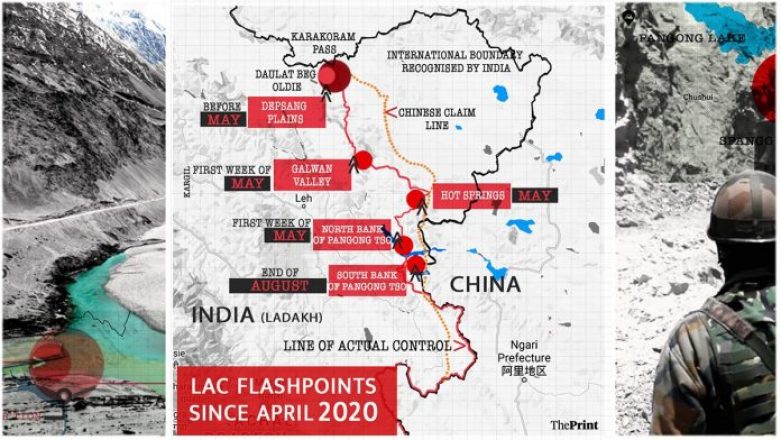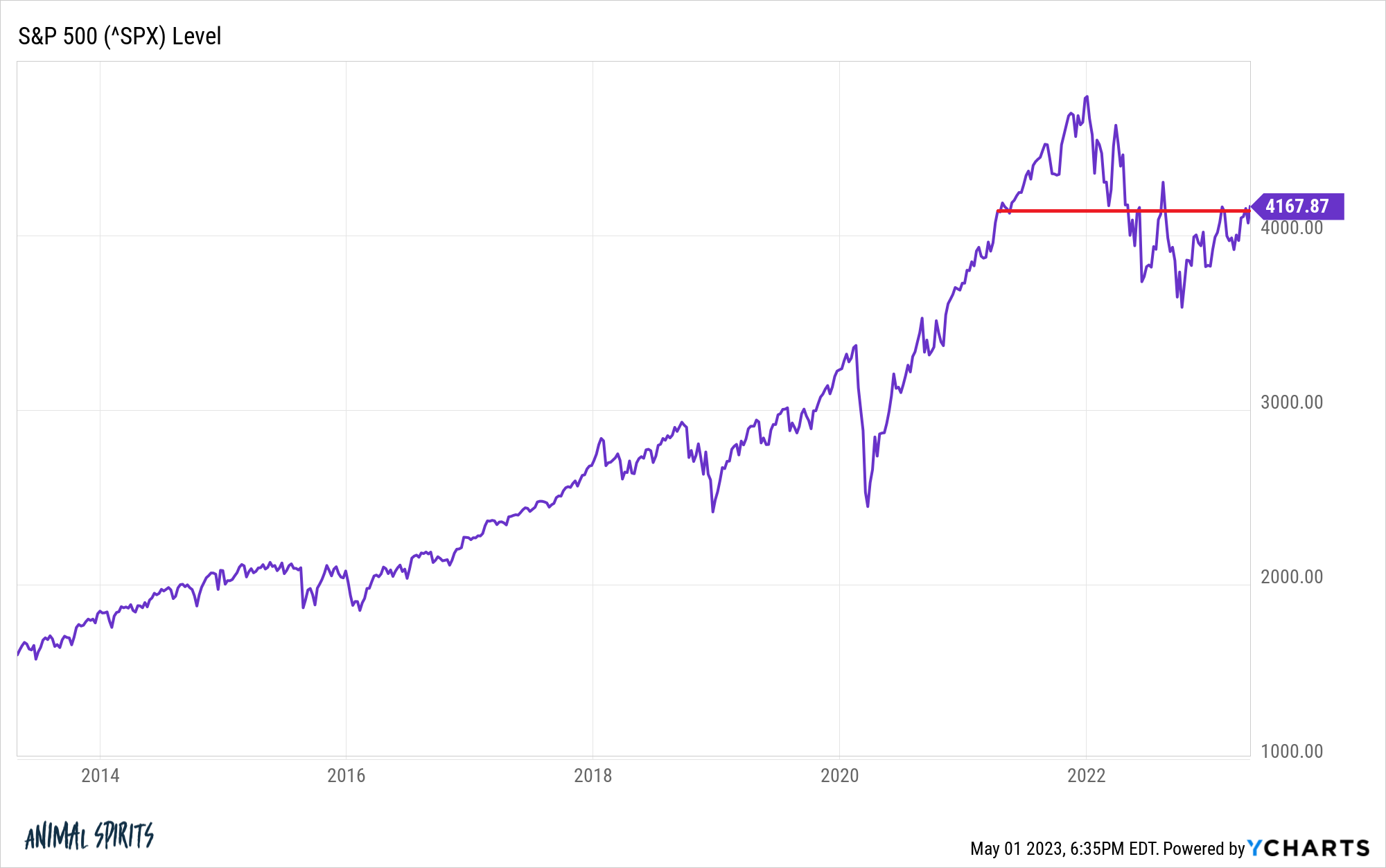China's Endurance Test: Xi's Strategy For A Long-Term Standoff With Trump

Table of Contents
The Trump administration's trade war with China, launched in 2018, presented Xi Jinping with a formidable challenge. Instead of immediate concessions, Xi Jinping implemented a long-term strategy designed to withstand the pressure and ultimately position China for greater strength. This article delves into Xi's multifaceted approach, examining its key components and assessing its effectiveness in navigating this crucial period of US-China relations.
Xi Jinping's Long-Game Strategy
Economic Resilience and Self-Reliance: Xi's response prioritized building economic resilience and reducing dependence on the US. This involved a multi-pronged approach:
- Focus on domestic consumption: Stimulating internal demand to lessen reliance on exports to the US. This involved targeted policies to boost consumer spending and create a stronger domestic market.
- Technological innovation: Accelerating the "Made in China 2025" initiative, aiming for self-sufficiency in key technologies such as semiconductors, artificial intelligence, and 5G. This involved significant government investment and support for domestic tech companies.
- Diversification of trade partners: Reducing reliance on the US market by expanding trade relationships with countries participating in the Belt and Road Initiative (BRI) and other regional economic partnerships. This included strengthening trade ties with nations in Asia, Africa, and Latin America.
These policies reflected a broader shift towards a more domestically-driven economy, although the transition faced challenges and ongoing criticisms regarding market distortions and uneven development.
Strategic Patience and Calculated Responses: Xi adopted a strategy of strategic patience, avoiding direct escalation in the face of US pressure. This included:
- Measured responses to tariffs: China retaliated with tariffs of its own, but generally avoided actions that could trigger a full-blown trade war, prioritizing controlled countermeasures.
- Emphasis on negotiation: China engaged in trade talks, though progress was often slow and fraught with difficulty. The negotiations highlighted fundamental disagreements on intellectual property, technology transfer, and market access.
- Control of public narrative: Maintaining a positive domestic image despite economic challenges through state-controlled media and carefully crafted messaging. This aimed to bolster public support for Xi's policies and downplay the negative impacts of the trade war.
This calibrated approach aimed to wear down the US and ultimately secure a more favorable outcome in the long run, emphasizing endurance over immediate concessions.
Strengthening Alliances and Multilateralism: Xi actively pursued strengthening international alliances and multilateral institutions to counter US influence:
- Belt and Road Initiative (BRI): Investing heavily in infrastructure projects across Asia, Africa, and Europe to expand China's global reach and influence, promoting economic integration and interdependence.
- Asian Infrastructure Investment Bank (AIIB): Creating an alternative to Western-dominated financial institutions, providing funding for infrastructure projects in developing countries.
- Engagement with international organizations: Actively participating in the World Trade Organization (WTO) and other international bodies to shape global rules and norms. This included advocating for reforms to reflect a more multipolar world order.
These initiatives aimed to build a more multipolar world order less reliant on US leadership, challenging the existing global governance structures.
Technological Advancement and Innovation: China invested heavily in technological advancement to lessen dependence on the US:
- Artificial intelligence (AI): Massive investments in AI research and development, aiming to become a global leader in this crucial technology sector.
- 5G technology: Becoming a global leader in 5G infrastructure and deployment, establishing technological standards and expanding its influence in the telecommunications sector.
- Semiconductor development: Significant efforts to develop domestic semiconductor capabilities, reducing reliance on US-based chip manufacturers and securing supply chains.
These investments are crucial for maintaining economic competitiveness and reducing vulnerability to US sanctions and technological blockades.
Assessing the Success of Xi's Strategy
Short-term Pains, Long-term Gains?: Xi's strategy resulted in some short-term economic pain, including slower growth and disruptions to supply chains. However, it also fostered progress towards long-term goals of self-reliance and technological advancement. The full economic and geopolitical implications of the strategy are still unfolding and require further analysis.
Shifting Global Dynamics: China's approach has significantly shifted global dynamics of trade and technology. It has accelerated the decoupling of the US and Chinese economies and spurred other nations to re-evaluate their reliance on both powers, leading to increased geopolitical competition and the formation of new alliances.
Conclusion: Understanding Xi Jinping's Endurance Test: Looking Ahead to Future US-China Relations
Xi Jinping's strategy during the Trump trade war was a calculated gamble on long-term strategic patience and economic resilience. While the full effects are still unfolding, his approach has demonstrably reshaped the global economic landscape and spurred significant changes in China's domestic policies. Understanding this strategy is crucial for navigating the complex and evolving relationship between the US and China. To further explore this complex interplay of economic and geopolitical factors, continue your research into Xi Jinping's enduring approach to international relations and the future of the US-China relationship.

Featured Posts
-
 Linda Evangelista At 59 Revealing Her Honest Feelings On Showing Mastectomy Scars To Friends
Apr 25, 2025
Linda Evangelista At 59 Revealing Her Honest Feelings On Showing Mastectomy Scars To Friends
Apr 25, 2025 -
 Ftc Appeals Activision Blizzard Acquisition Ruling Whats Next
Apr 25, 2025
Ftc Appeals Activision Blizzard Acquisition Ruling Whats Next
Apr 25, 2025 -
 Ev Mandate Opposition Intensifies Car Dealerships Push Back
Apr 25, 2025
Ev Mandate Opposition Intensifies Car Dealerships Push Back
Apr 25, 2025 -
 Why Investors Shouldnt Fear High Stock Market Valuations Bof As Perspective
Apr 25, 2025
Why Investors Shouldnt Fear High Stock Market Valuations Bof As Perspective
Apr 25, 2025 -
 Frazzled Investors Coping With Market Instability And Huge Stock Swings
Apr 25, 2025
Frazzled Investors Coping With Market Instability And Huge Stock Swings
Apr 25, 2025
Latest Posts
-
 Why Only Rumi And Blue Ivy Exploring Beyonces Decision On Sir Carters Public Appearances
Apr 30, 2025
Why Only Rumi And Blue Ivy Exploring Beyonces Decision On Sir Carters Public Appearances
Apr 30, 2025 -
 Is A Cotswolds Move On The Cards For Beyonce And Jay Z
Apr 30, 2025
Is A Cotswolds Move On The Cards For Beyonce And Jay Z
Apr 30, 2025 -
 Tzin Sortsaki Kai Beyonce I Nea Diafimisi Poy Syzitietai
Apr 30, 2025
Tzin Sortsaki Kai Beyonce I Nea Diafimisi Poy Syzitietai
Apr 30, 2025 -
 Rumi And Blue Ivy On Stage Understanding Beyonces Choice Regarding Sir Carter
Apr 30, 2025
Rumi And Blue Ivy On Stage Understanding Beyonces Choice Regarding Sir Carter
Apr 30, 2025 -
 From California To Cotswolds Would Beyonce And Jay Z Relocate
Apr 30, 2025
From California To Cotswolds Would Beyonce And Jay Z Relocate
Apr 30, 2025
